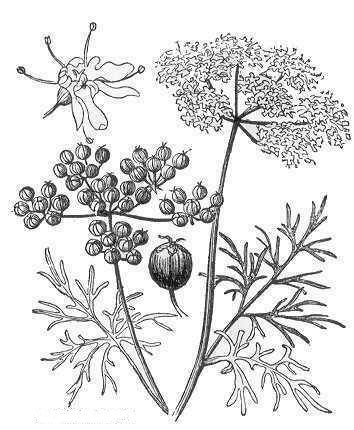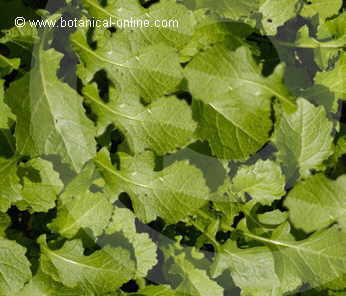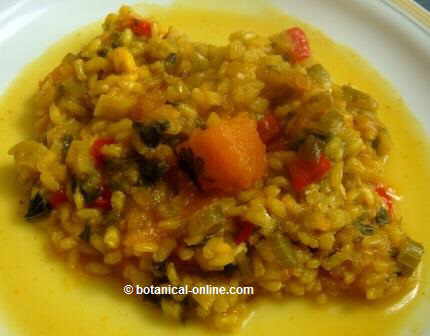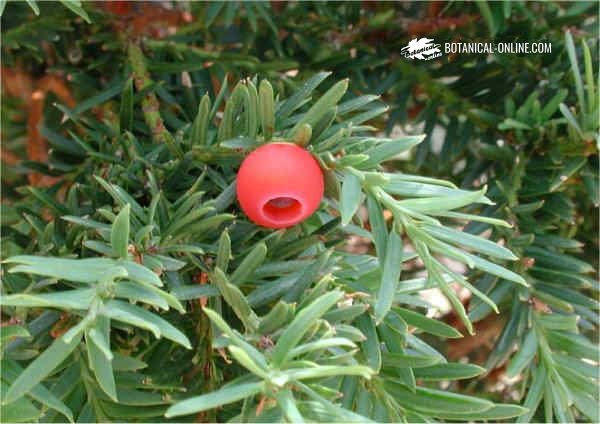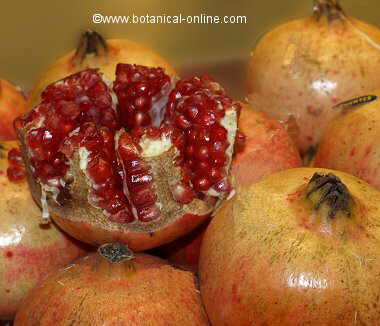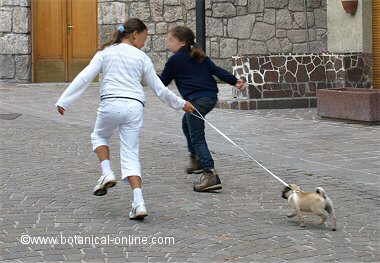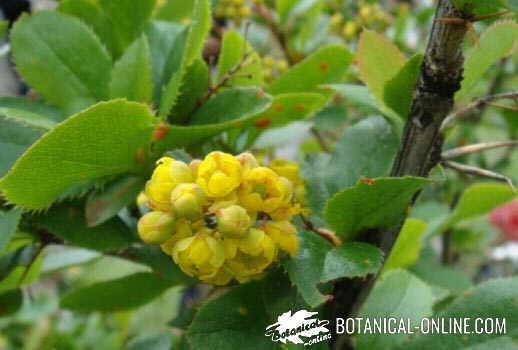Contents
What is the laurel plant?
Laurel characteristics (Laurus nobilis)
Common English noun: Sweet bay, Bay Tree, Sweet bay, Grecian Laurel, True Laurel. ” Laurel” name comes from Middle English “Lorel”, which derives from French “lorer” from Latin “Laurus”
Scientific noun: Laurus nobilis L. This word comes from Latin words “Laurus” and “nobilis”
Family: Sweet bay family – Lauraceae
Habitat. Where to find sweet bay trees?
Cultivated tree, sometimes established in cool and wet places.
Descripción of Sweet bay
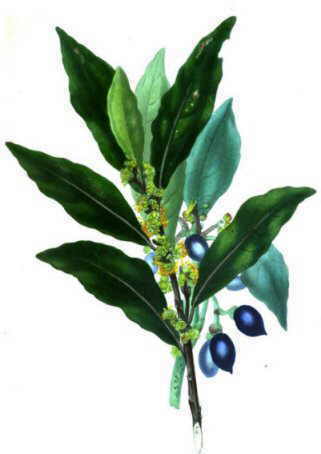
Drawing of the plant with the leaves, flowers and fruits
Perennial tree of the Sweet bay family – Lauraceae-
Erect stems with dark bark.
Undivided leaves, alternate, lanceolate, coriaceous and shining with wavy margins.
Unisexual flowers. Male ones showing 8 to 14 stamens; female ones with 4 petals. All of them yellowish and joined in axillary umbels, with short stems.
How to pick-up and store sweet bay leaves and fruits?
- Leaves should be collected after bloom, although this can be done all throughout the year.
- Fruits when well-ripened.
Both of them should be dried in the shade and stored in airtight containers in a dry and dark place.
Main components of Sweet bay
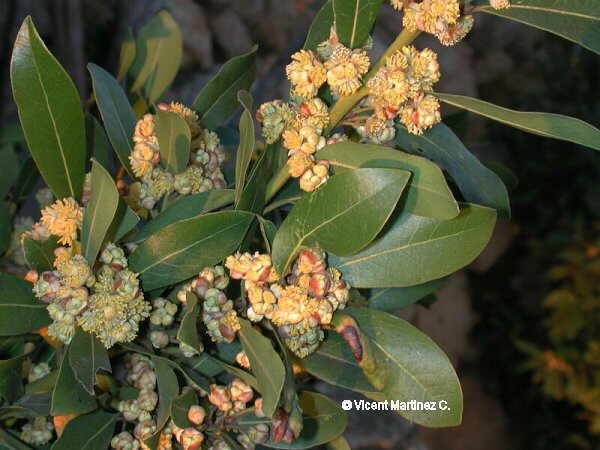
Photo of laurel leaves and flowers
- Acids: acetic, formic, pelargonic, propionic (leaves) cinnamic, lauric (fruits) caproic, linoleic, oleic, (plant)
- Sabinene (leaves and fruits)
- Limonene (leaves and fruits)
- Terpinen (fruits)
- Camphene (leaves)
- Alphapinene, alphaterpinene, alphaterpineol, betapinene, gammaterpinen (leaves and berries)
- Minerals: manganese, calcium, potassium, phosphorus, magnesium, iron, sodium, zinc.
- Alcohols: eugenol (leaves)
Laurel uses
This tree of the Lauraceae family is cultivated as:
As a condiment: Bay leaves are used as a condiment in stews, in meat and fish dishes.
For its wood: The wood of this tree can be used for smoking.
As an insecticide: Laurel essential oil is used industrially as an insecticide.
As a medicinal plant
![]() More information on laurel
More information on laurel

